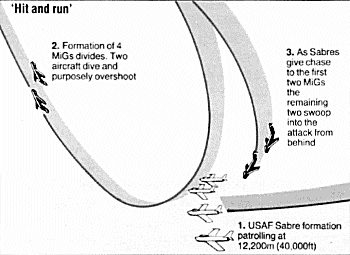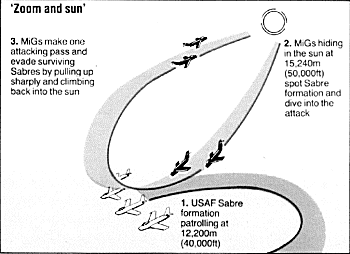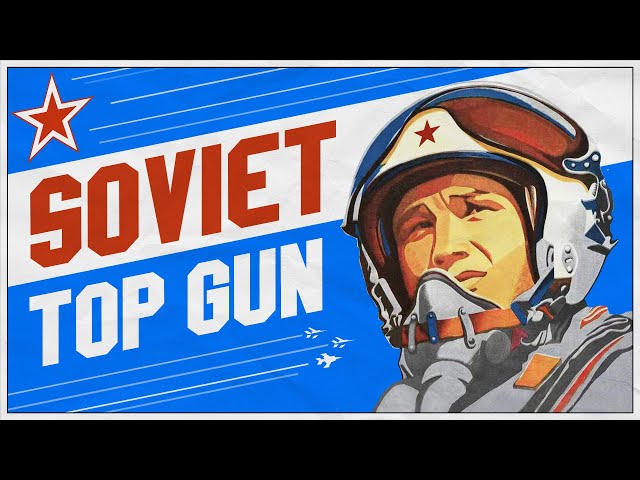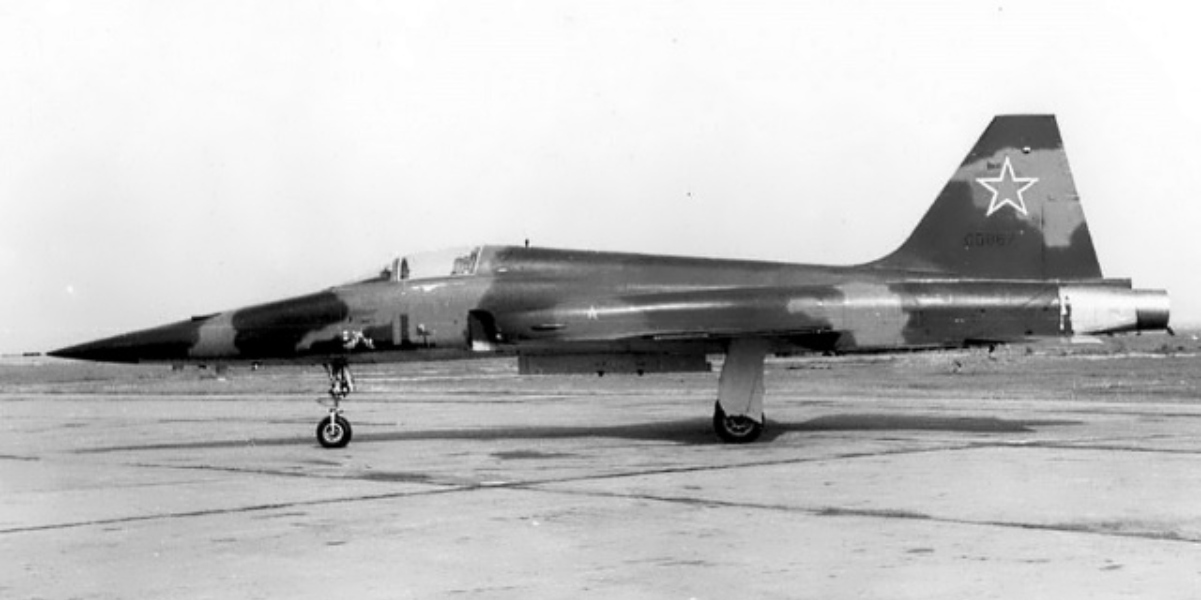- Joined
- 29 July 2009
- Messages
- 1,519
- Reaction score
- 1,521
I've read numerous books on Cold War histories, which included mention of Soviet air combat tactics, however I've not found one source that described the various air-to-air or air-to-ground tactics that the Soviets employed during the Cold War (either the USSR or their Warsaw Pact allies). This thread is an attempt to capture the different ideas that the Soviets may have used from 1945-1989, whether by the Soviets proper or by Soviet trained and supplied nations.
First, it is important to say that tactics change often and that they are very dependent on a given situation, which can involve the evolution of technology, strengths and weaknesses of allied and enemy's aircraft performance (e.g. T/W, AAM performance, force size, etc.). However, with Soviet pilots utilizing Ground Control Intercept (GCI) the tactics may have been relatively rigid and very standardized.
"It has been my experience that nations, and even separate air arms within a given nation, differ in air combat tactics as widely as they do in other areas. In fact, they often disagree even on what constitutes a "tactical doctrine." For example, I have found that asking two U.S. pilots for their tactics in a given situation elicits three different answers. By contrast, it is my understanding that three Russian fighter pilots will all give the same answer. Probably neither of these extremes is optimum." (Robert L. Shaw, Fighter Combat - Tactics and Maneuvering, 1985).
Just as examples
During the Korean War the Russian's would use the high/low split. When engaged by F-86s a number of the MiGs would pull up into a climb while others would turn nose low to engage the F-86s. The US pilot would have to choose between the MiGs to engage. If they followed the low MiGs the climbing MiGs would turn into the F-86s. If the F-86s climbed after the ascending MiGs the nose low MiGs would use their energy to maintain their best rate maneuver to close in on the F-86s.
During the Vietnam War North Vietnamese MiGs would fly a 'wagon wheel' defense over a defended area and when one of the MiGs was engaged by a US fighter the trailing MiG in the wagon wheel would attack.
First, it is important to say that tactics change often and that they are very dependent on a given situation, which can involve the evolution of technology, strengths and weaknesses of allied and enemy's aircraft performance (e.g. T/W, AAM performance, force size, etc.). However, with Soviet pilots utilizing Ground Control Intercept (GCI) the tactics may have been relatively rigid and very standardized.
"It has been my experience that nations, and even separate air arms within a given nation, differ in air combat tactics as widely as they do in other areas. In fact, they often disagree even on what constitutes a "tactical doctrine." For example, I have found that asking two U.S. pilots for their tactics in a given situation elicits three different answers. By contrast, it is my understanding that three Russian fighter pilots will all give the same answer. Probably neither of these extremes is optimum." (Robert L. Shaw, Fighter Combat - Tactics and Maneuvering, 1985).
Just as examples
During the Korean War the Russian's would use the high/low split. When engaged by F-86s a number of the MiGs would pull up into a climb while others would turn nose low to engage the F-86s. The US pilot would have to choose between the MiGs to engage. If they followed the low MiGs the climbing MiGs would turn into the F-86s. If the F-86s climbed after the ascending MiGs the nose low MiGs would use their energy to maintain their best rate maneuver to close in on the F-86s.
During the Vietnam War North Vietnamese MiGs would fly a 'wagon wheel' defense over a defended area and when one of the MiGs was engaged by a US fighter the trailing MiG in the wagon wheel would attack.
Last edited:





